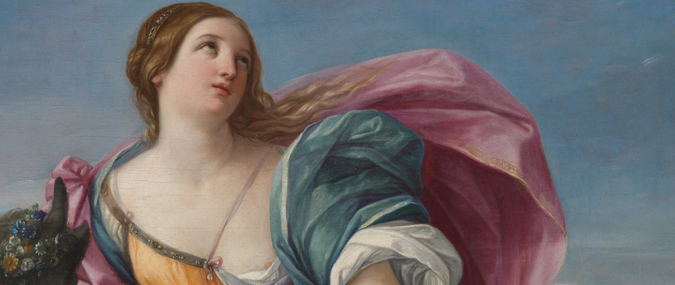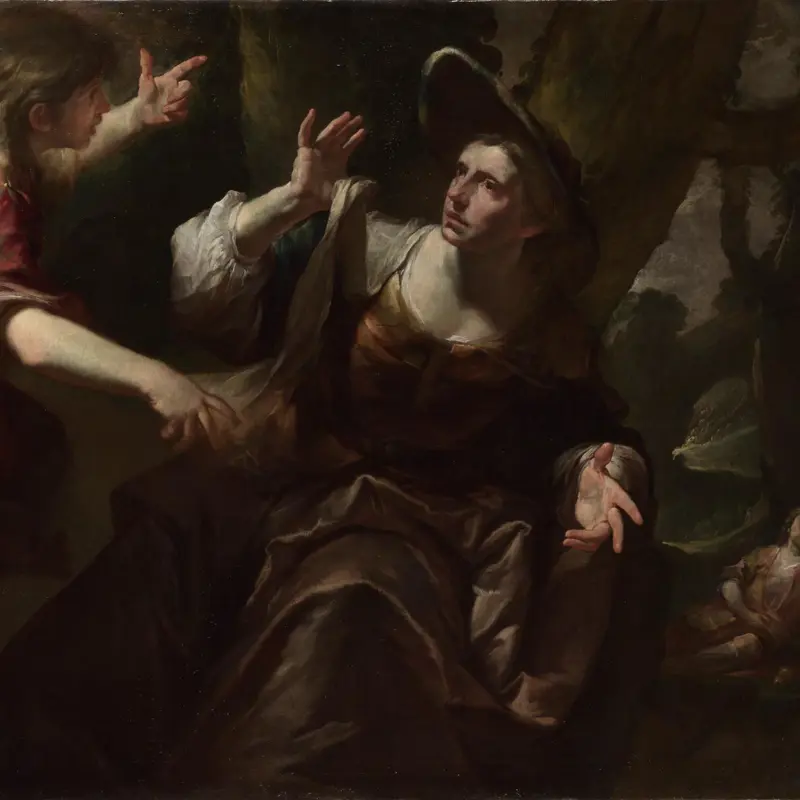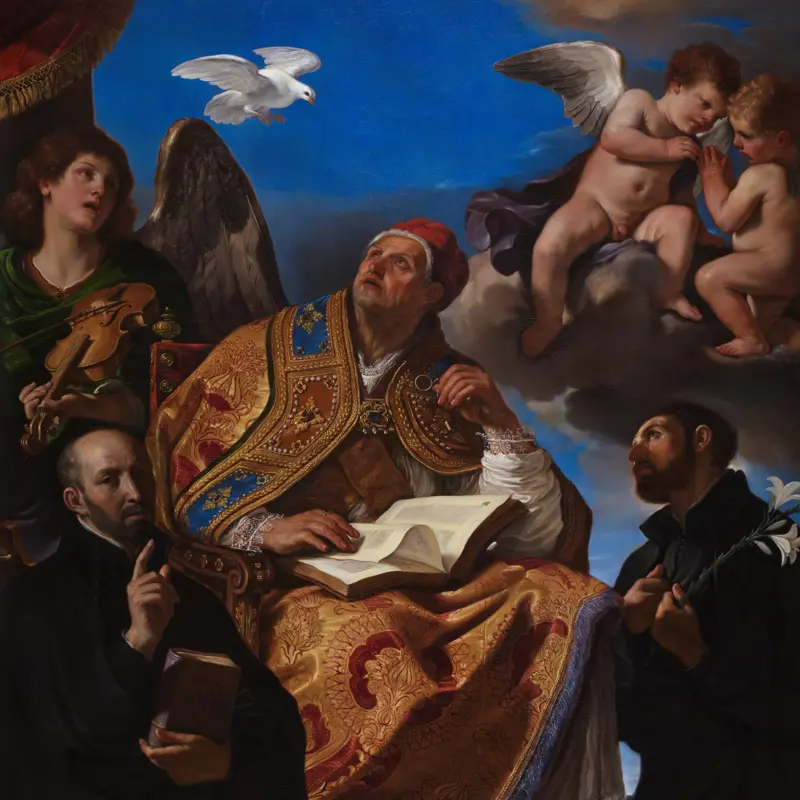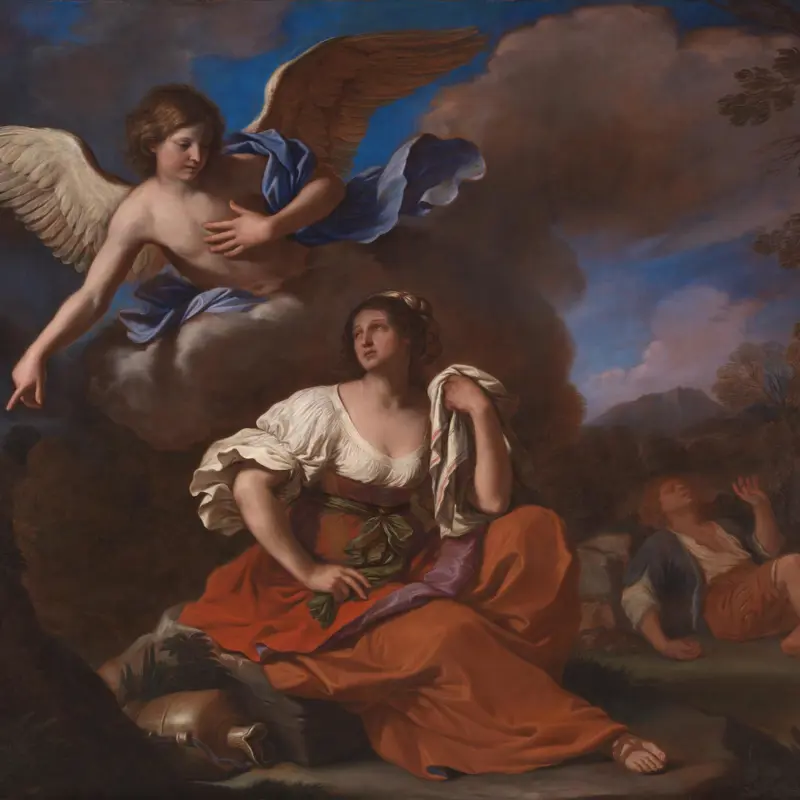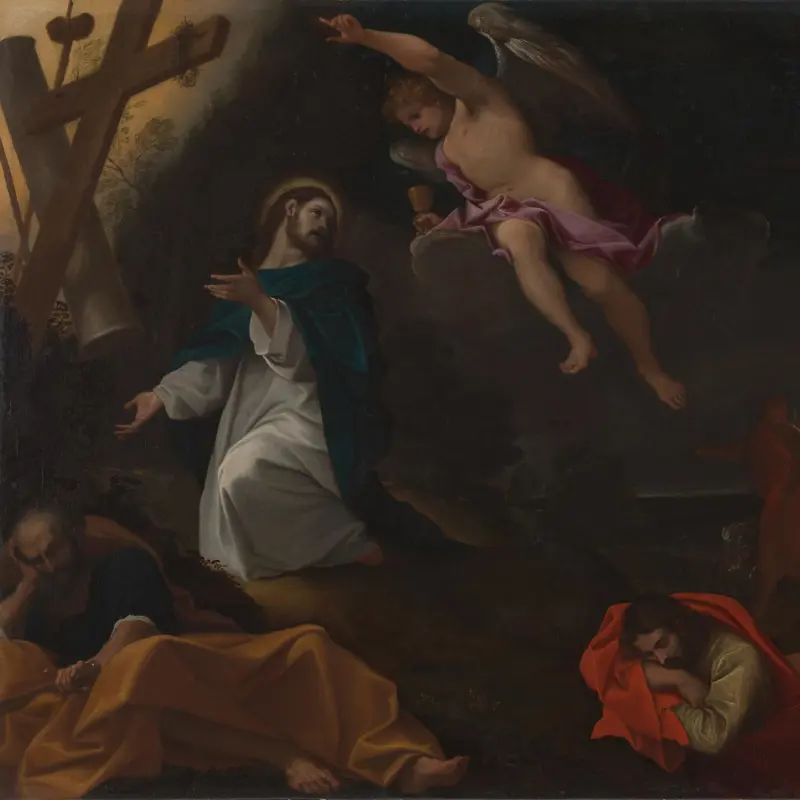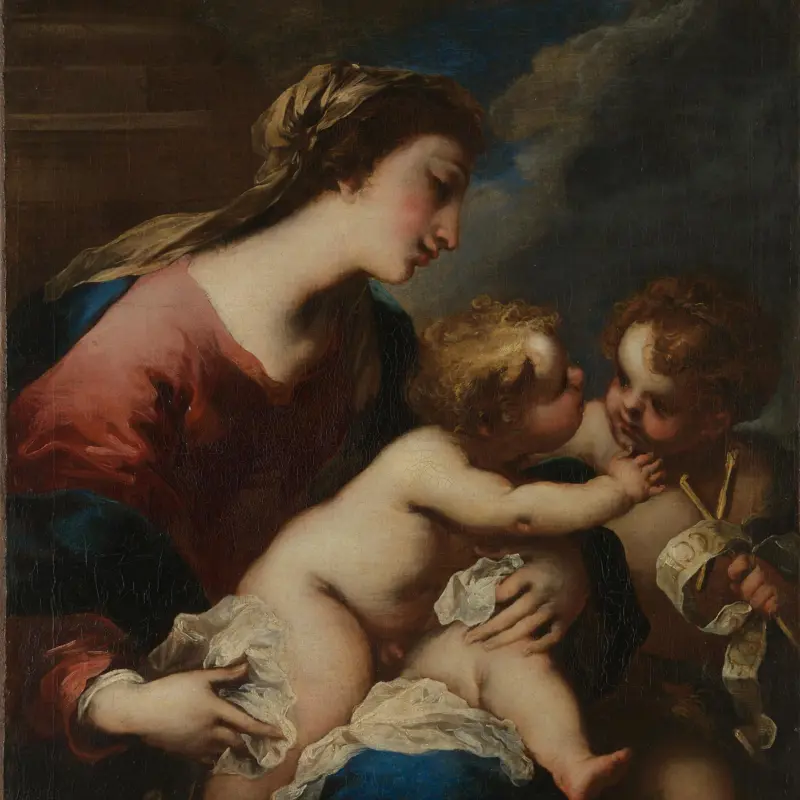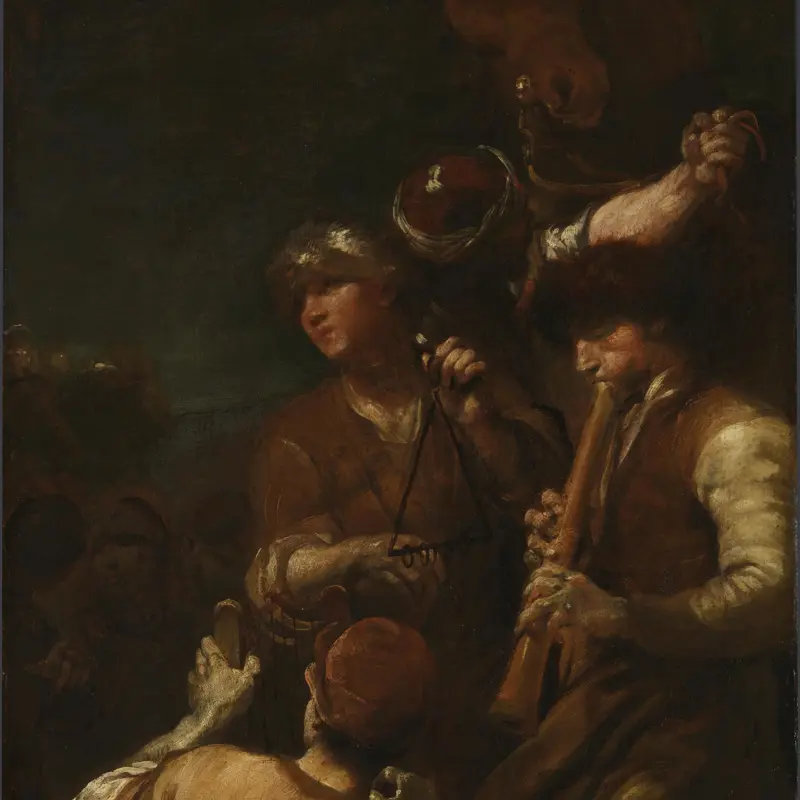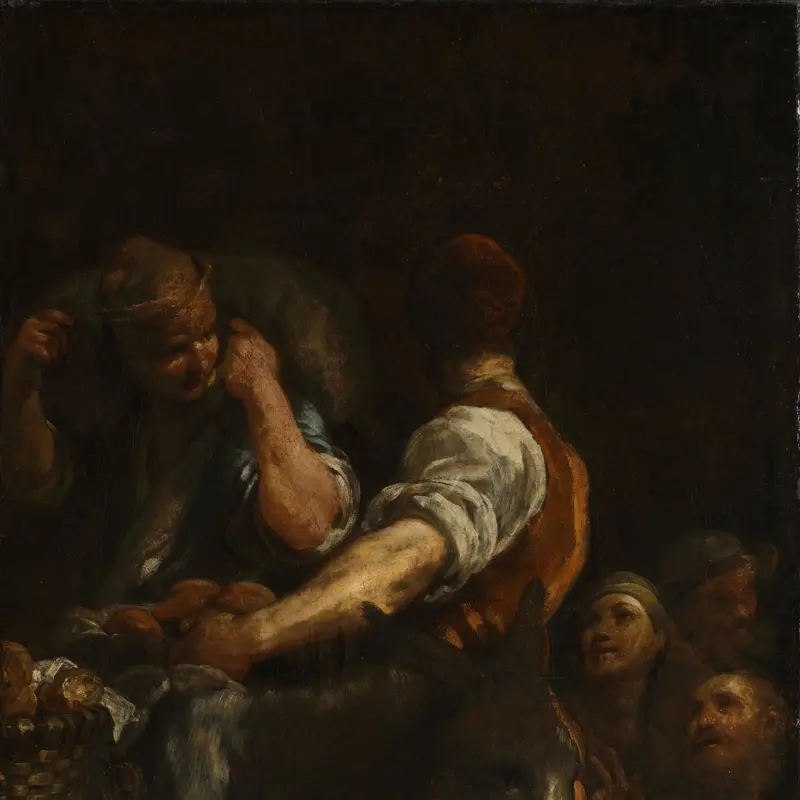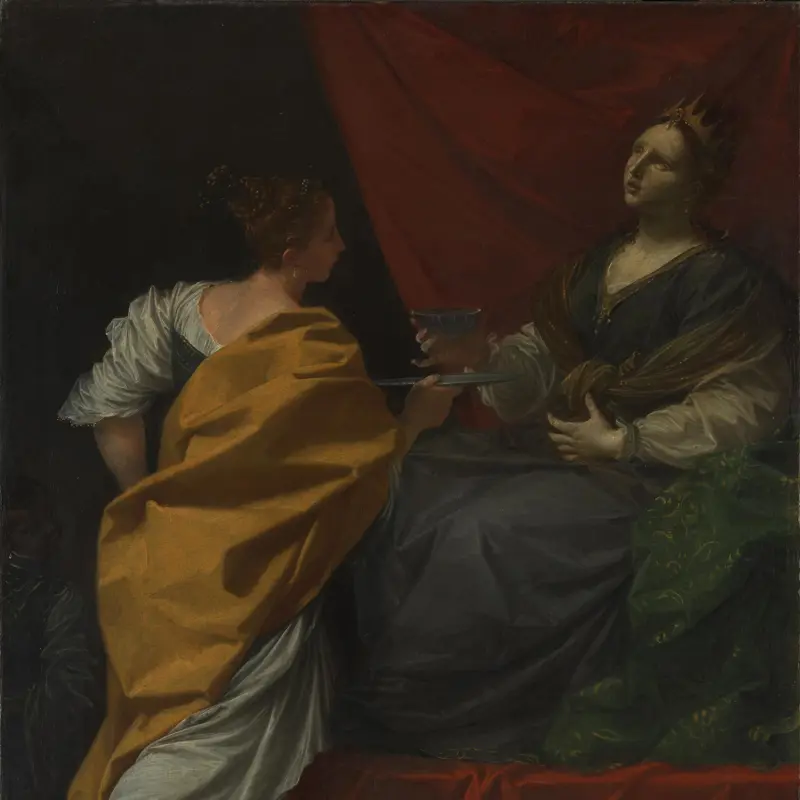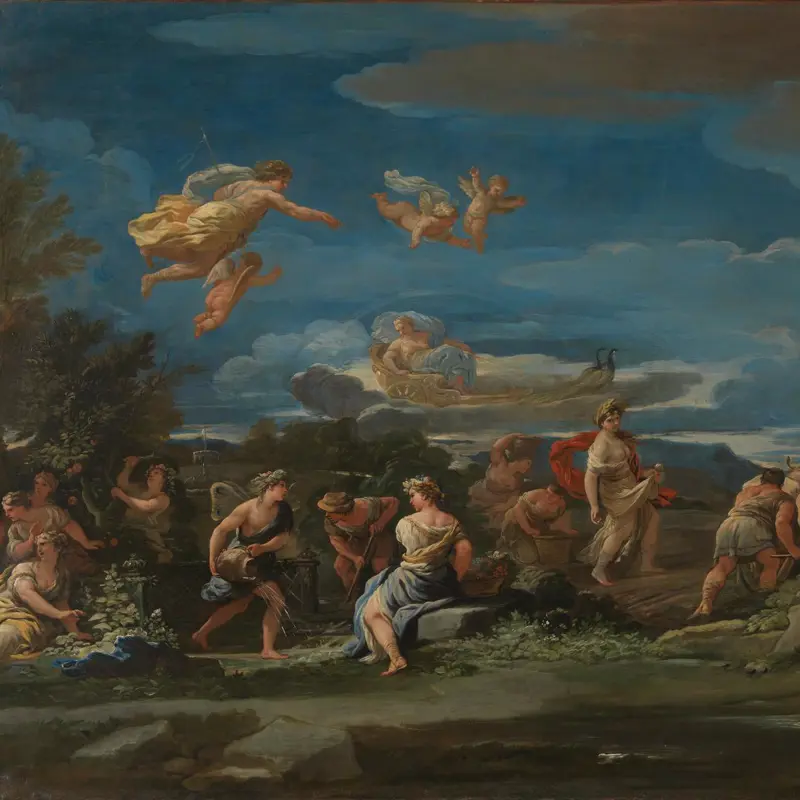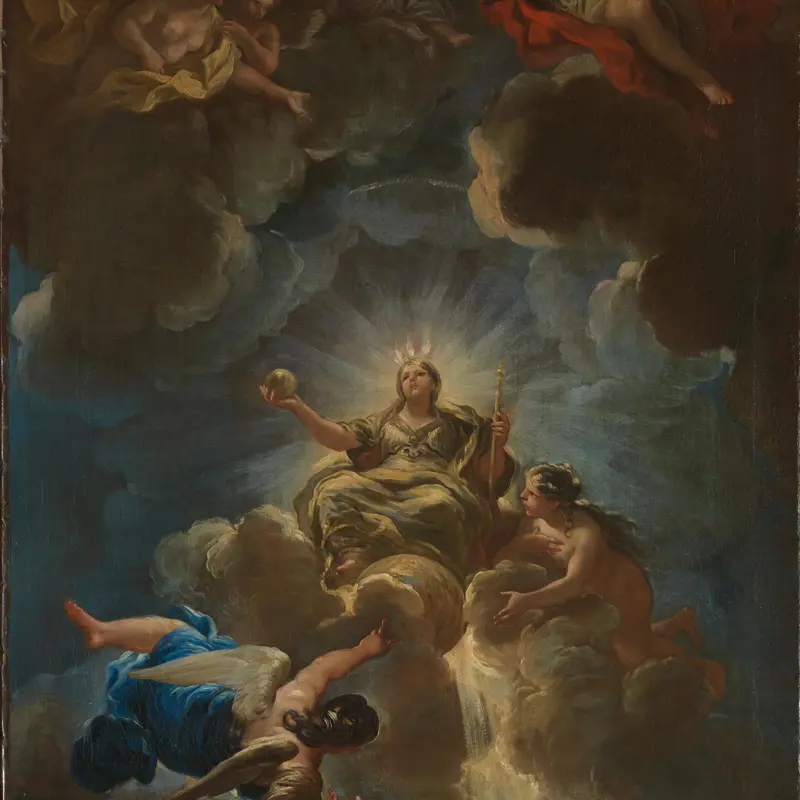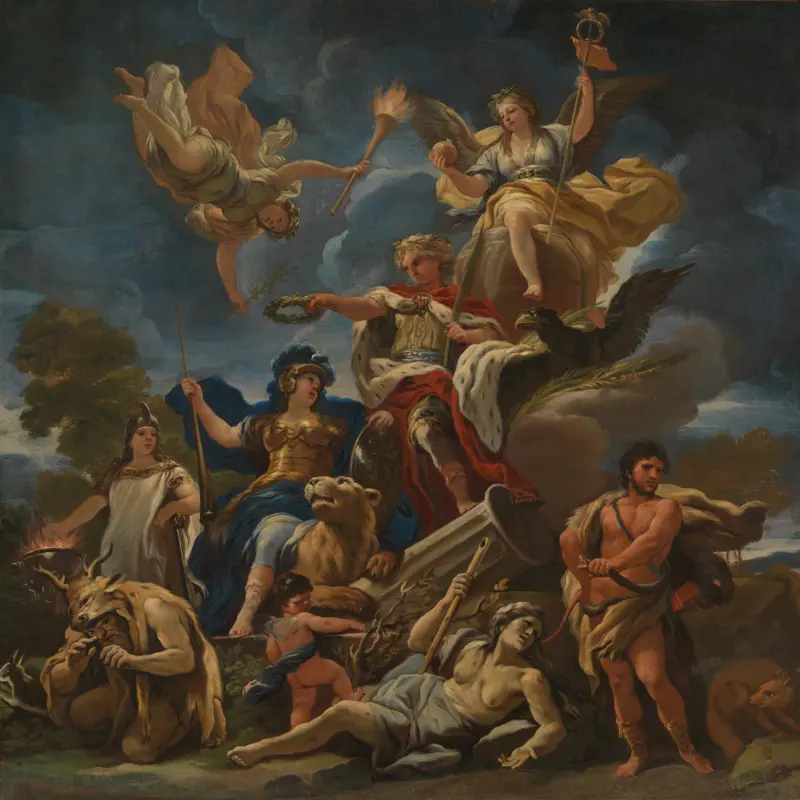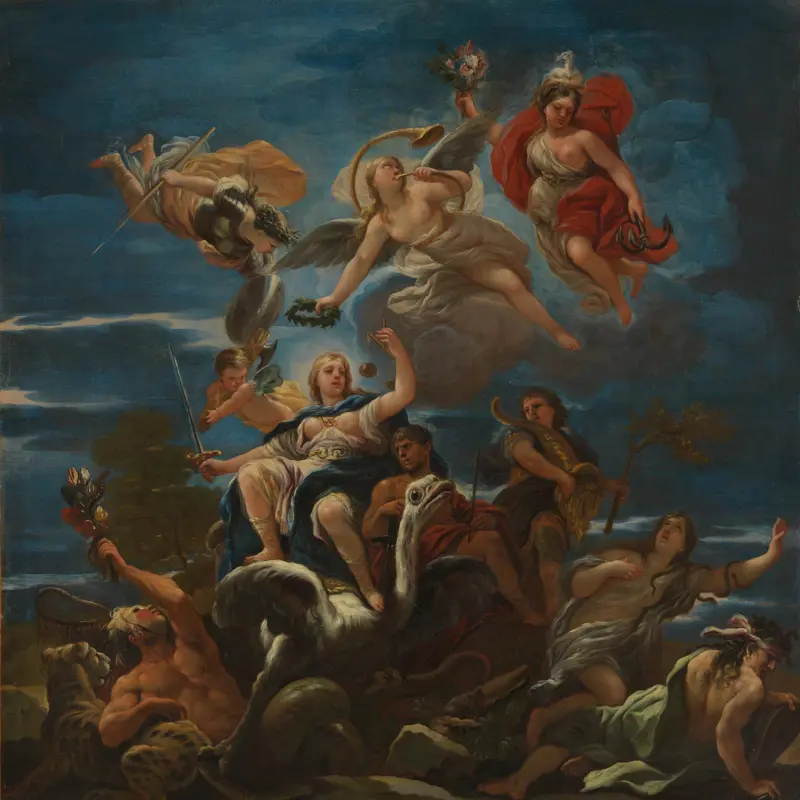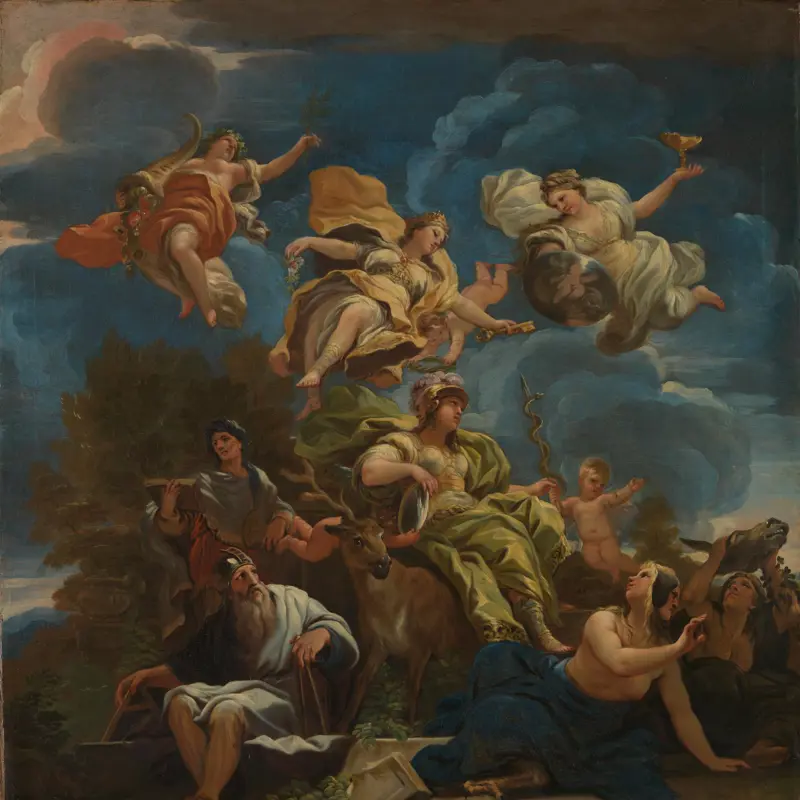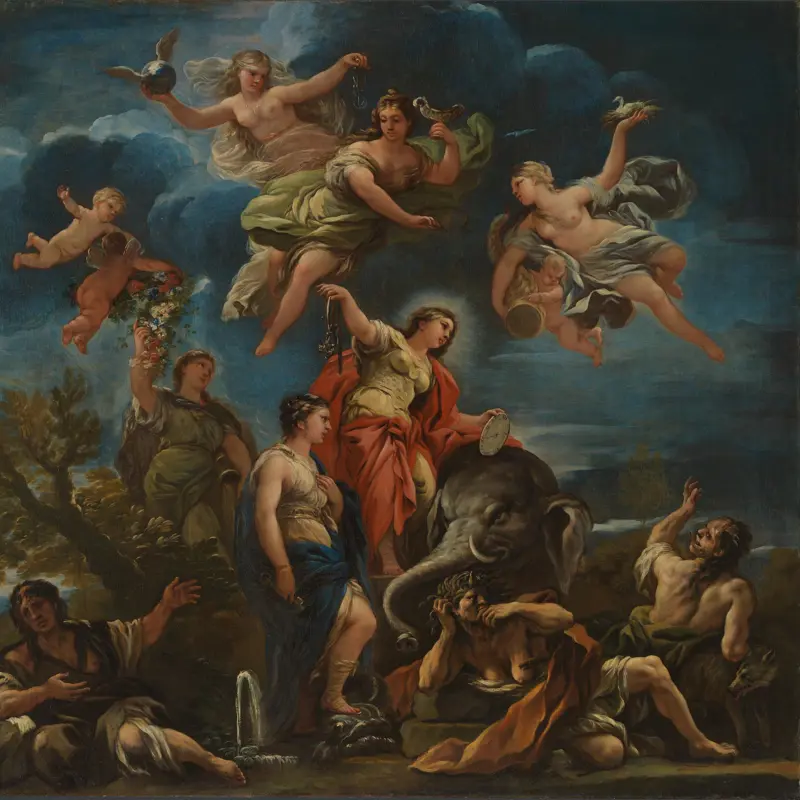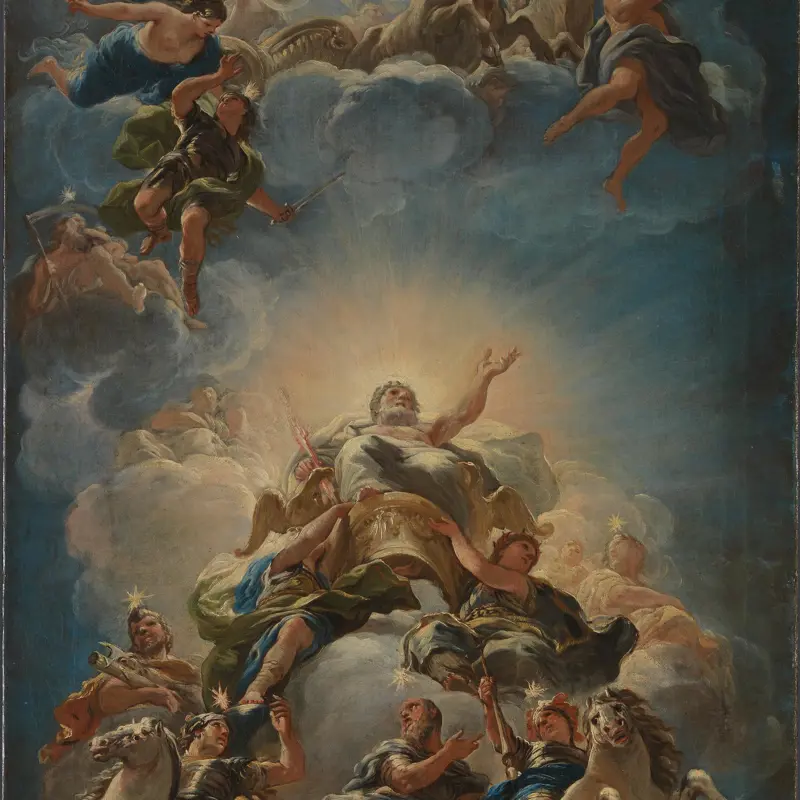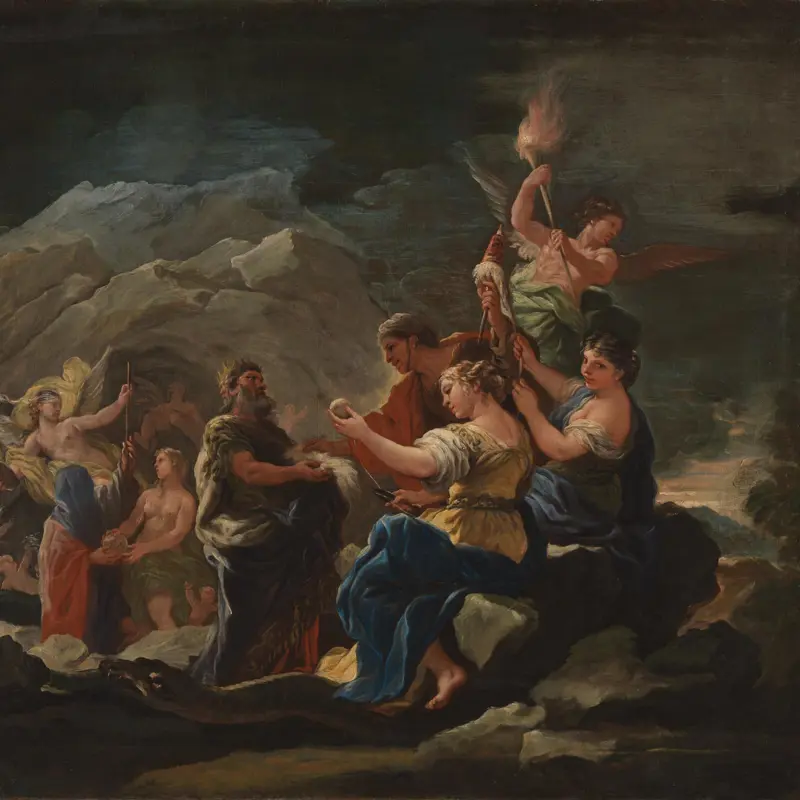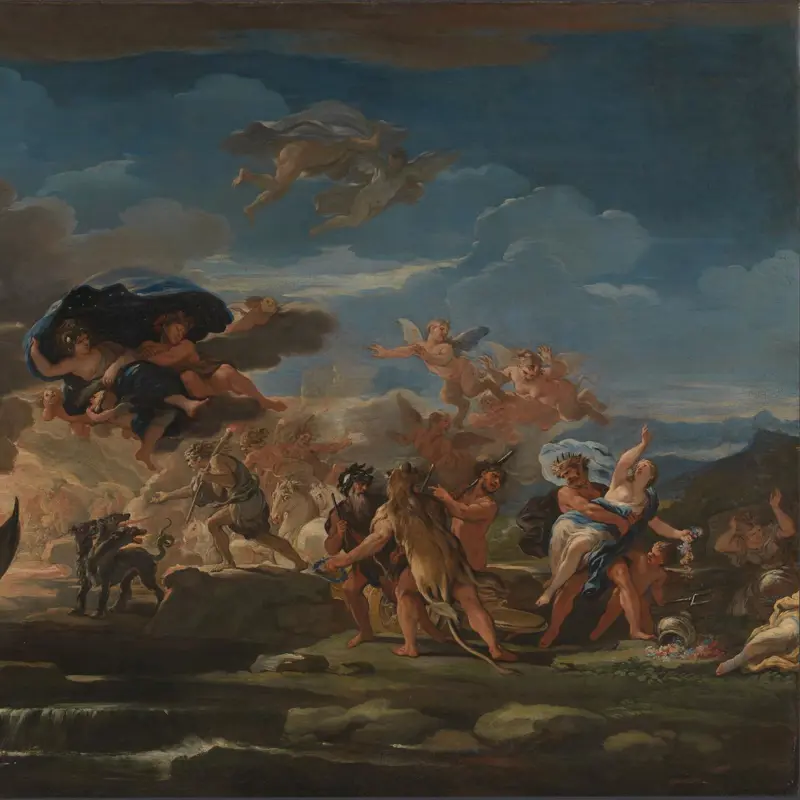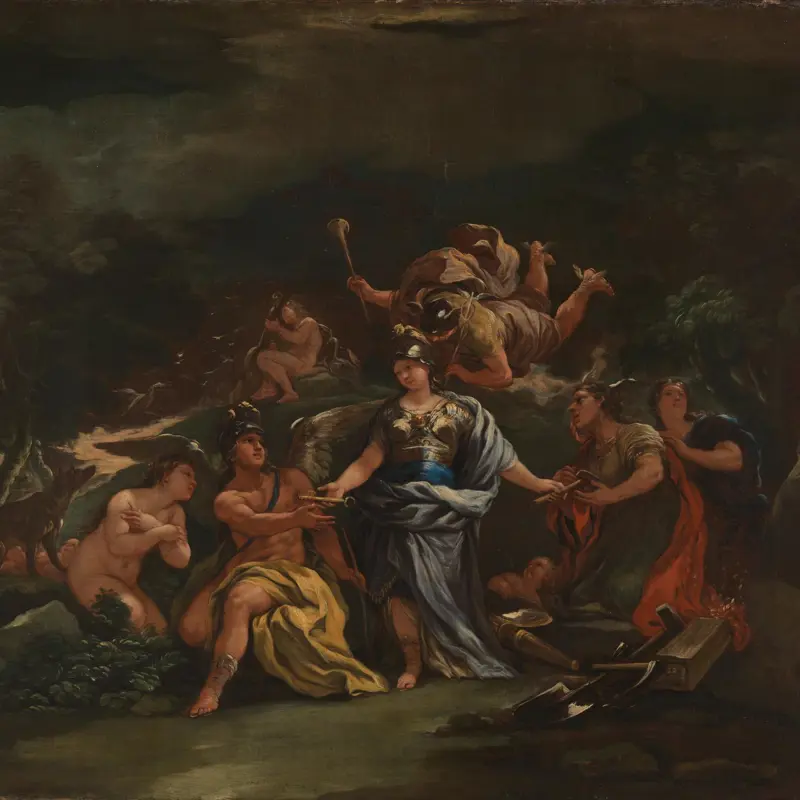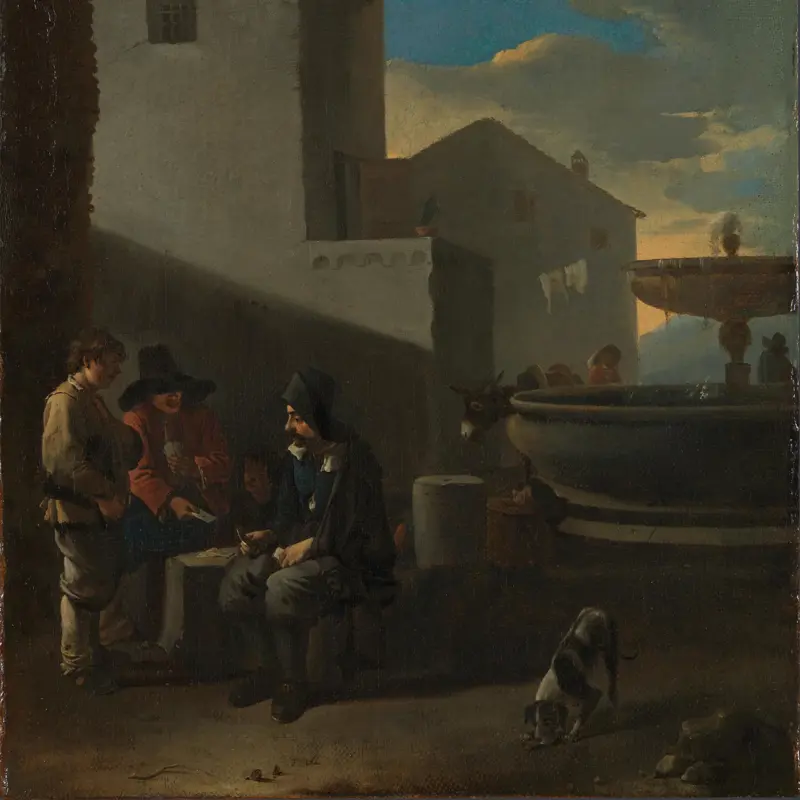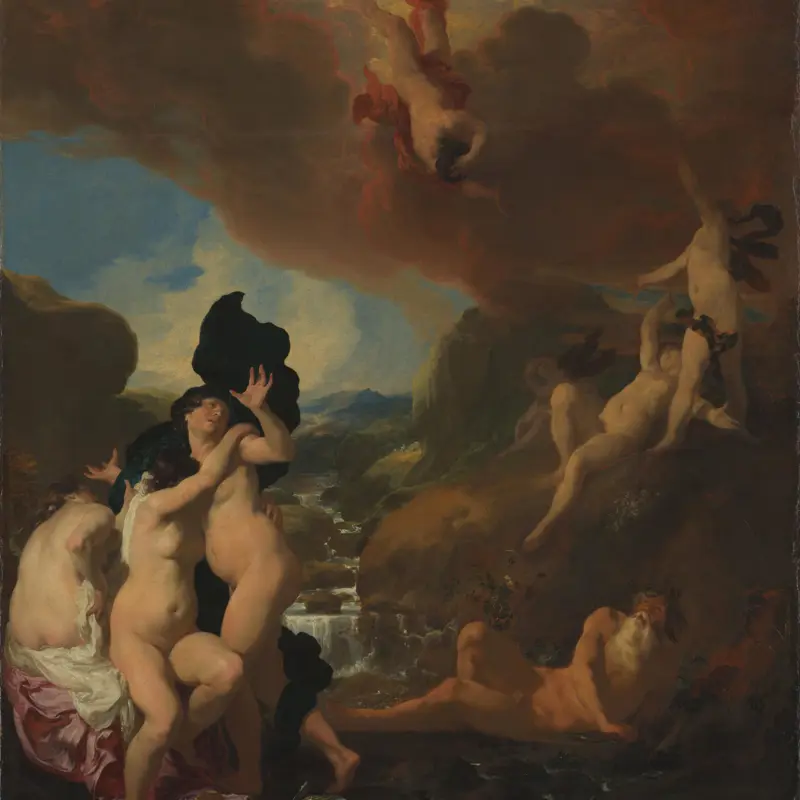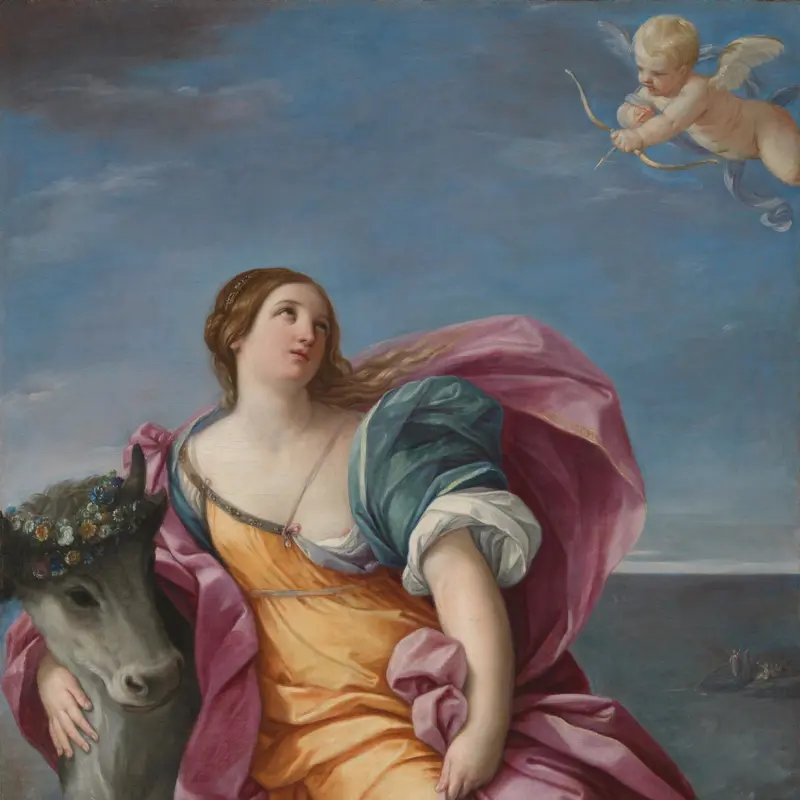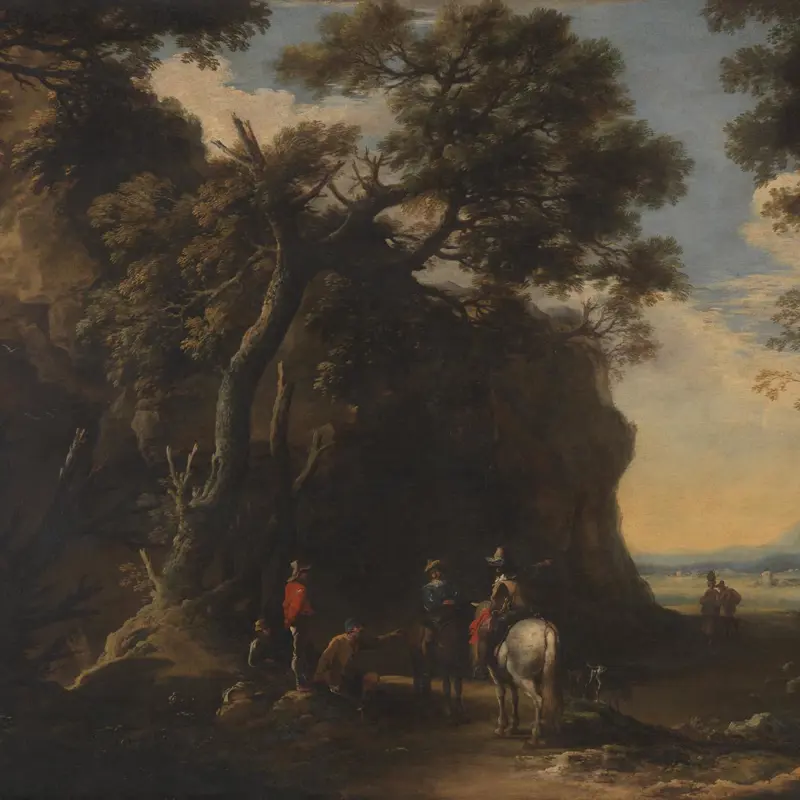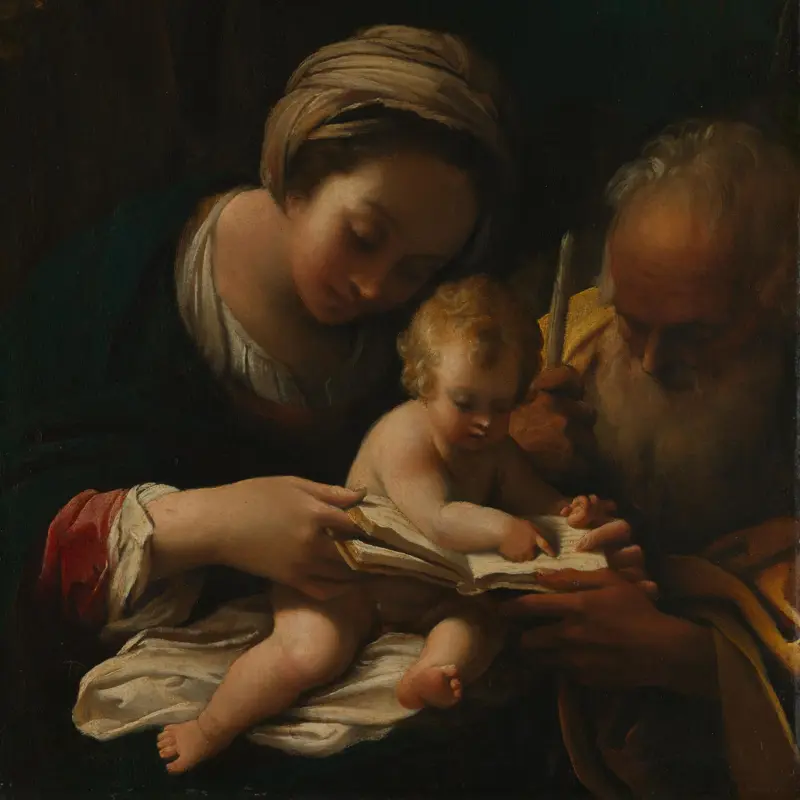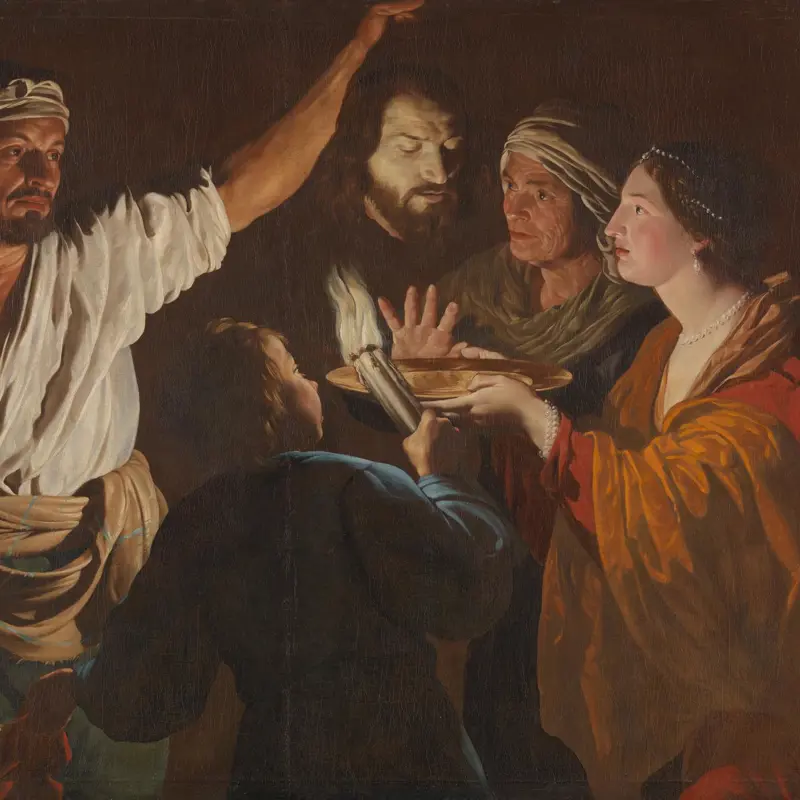22 February 2013
Twenty-five paintings from the private collection of Sir Denis Mahon have been transferred into the National Gallery’s collection by the Art Fund.
The paintings include works by Luca Giordano, Ludovico Carracci, Guercino, Domenichino and Guido Reni, and were already on long-term loan to the Gallery.
The collection comprised 57 Italian Baroque works. Twelve works have gone to the Ashmolean, Oxford; eight to the Scottish National Gallery, Edinburgh; six to the Fitzwilliam Museum, Cambridge; five to Birmingham Museums and Art Gallery, and one to Temple Newsam House, Leeds.
Art historian Sir Denis Mahon, who died in 2011, was one of Britain’s most distinguished art historians, collectors and campaigners. He was associated with the National Gallery for nearly eighty years, first as an attaché to the curatorial department under Kenneth Clark and later as “a hyperactive trustee of the Gallery and exacting friend of many curators … [and] one of our greatest benefactors”. (Director, Nicholas Penny)
He formed his formidable collection over several decades, progressively demonstrating the range, significance and quality of the Italian Baroque despite its comparative neglect by previous scholars. He urged the National Gallery to acquire these paintings and his bequest also included the Guercino masterpiece The Presentation of Jesus in the Temple, 1623, as a direct gift to the Gallery.
Mahon campaigned tirelessly in support of free admission to national museums and against the selling of works of art from their permanent collections. The terms of the transfer of his collection into public ownership stated that the paintings should be on public display in specific locations across the country, in perpetuity.
These terms also mean that the trustees of the Art Fund and of the Sir Denis Mahon Charitable Trust can withdraw works if museums charge an admission fee or sell works from their permanent collections.
Image above: Detail from Guido Reni, The Rape of Europa, 1637-9

